I have seen a tutorial by which one can change the way tables are printed to knitr::kable() format. Is it possible to do the same with the rmarkdown::paged_table() format, so that all tables by default will be printed in paged_table() format as in the {rmarkdown} package in R?
- 23
- 4
4 Answers
I had the same problem in Quarto and the solution is to use df-print: paged (note df-print not df_print) in the yaml file.
Eg.
---
title: "Untitled"
editor: visual
format:
html:
df-print: paged
---
```{r}
data.frame(
x = 1:10,
y = rnorm(10)
)
```
which results in this
- 9,216
- 4
- 45
- 78
Put this in the yaml.
output:
html_document:
df_print: paged
- 532
- 2
- 6
-
Haha. Yeah. That is indeed much easier than the approach with using a customized `knit_print`. +1 – stefan May 20 '22 at 08:00
-
yeah this works for markdown, but I am using quarto – bukkad May 20 '22 at 09:15
-
Check out this post from RStudio Community talking about the exact same issue in Quarto. https://community.rstudio.com/t/quarto-data-frame-printing/133647 – Vishal Katti May 20 '22 at 09:32
-
@stefan: your solution should work for Quarto. – Vishal Katti May 20 '22 at 09:33
-
Hej Visahl. Yeah. You are right. Will edit and undelete it. – stefan May 20 '22 at 09:41
In case of Rmarkdown the answer offered by @VishalKatti is IMHO the way to go. For Quarto (or RMarkdown), adapting the example in the R Markdown Cookbook one option to achieve your desired result may look like so:
---
title: Use a custom `knit_print` method to print data frames
format: html
---
First, we define a `knit_print` method, and register it:
```{r}
knit_print.data.frame = function(x, ...) {
res = rmarkdown::paged_table(x)
rmarkdown:::knit_print.data.frame(res)
}
registerS3method(
"knit_print", "data.frame", knit_print.data.frame,
envir = asNamespace("knitr")
)
```
Now we can test this custom printing method on data frames.
Note that you no longer need to call `rmarkdown::paged_table()`
explicitly.
```{r}
head(iris)
```
```{r}
head(mtcars)
```
- 90,330
- 6
- 25
- 51
-
1https://github.com/quarto-dev/quarto-cli/discussions/933 The same is addressed here. Thanks for the answer – bukkad May 21 '22 at 10:55
To complete the answer shared above, here are several ways to achieve this
Using a printing function for knitr
For paged table this would be this function: (which is used internally by rmarkdown for the df_print feature)
paged_print <- function(x, options) {
knitr::asis_output(
rmarkdown:::paged_table_html(x, options = attr(
x,
"options"
)),
meta = list(dependencies = rmarkdown::html_dependency_pagedtable())
)
}
This is similar to the function in the other answer, it is just that rmarkdown:::knit_print.data.frame does more than juts handling paged tables.
Then you could register it in a document so that it is applied by default for any data.frame printing.
registerS3method(
"knit_print", "data.frame", paged_print,
envir = asNamespace("knitr")
)
or use it on chunk basis where you need to print a data.frame in a single value chunk. (
```{r, render = paged_print}
iris
```
More on custom printing method for knitr its vignette
Using option hooks for knitr
A df_print chunk option can also be simulated this way using a option hook
knitr::opts_hooks$set(df_print = function(options) {
if (options$df_print == "paged") {
options$render = paged_print
}
options
})
this will allow something like
```{r, df_print = "paged"}
iris
```
```{r}
iris
```
- First table will be shown as paged table
- Second table will be show as usual data.frame
- 6,272
- 1
- 21
- 31

